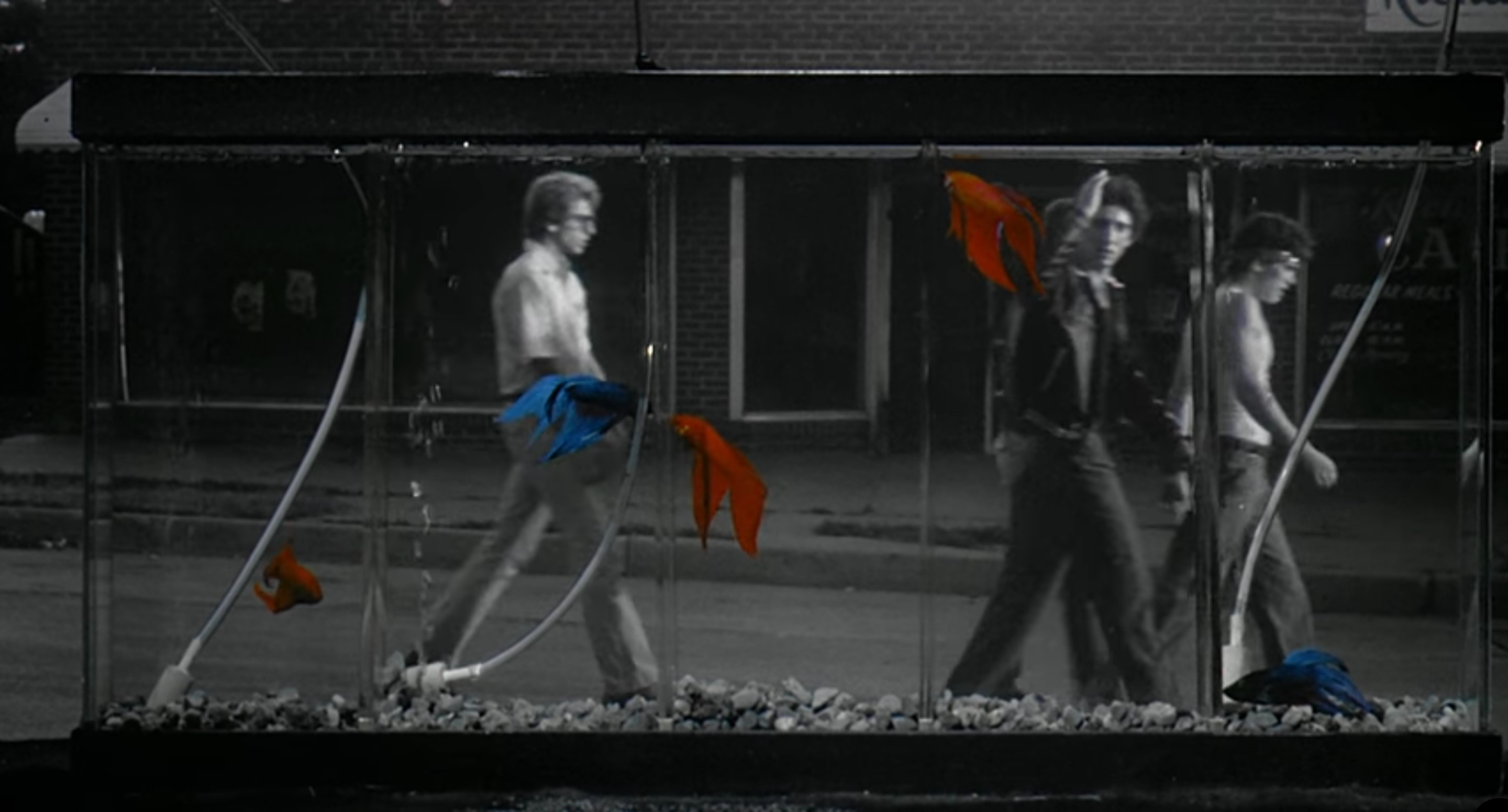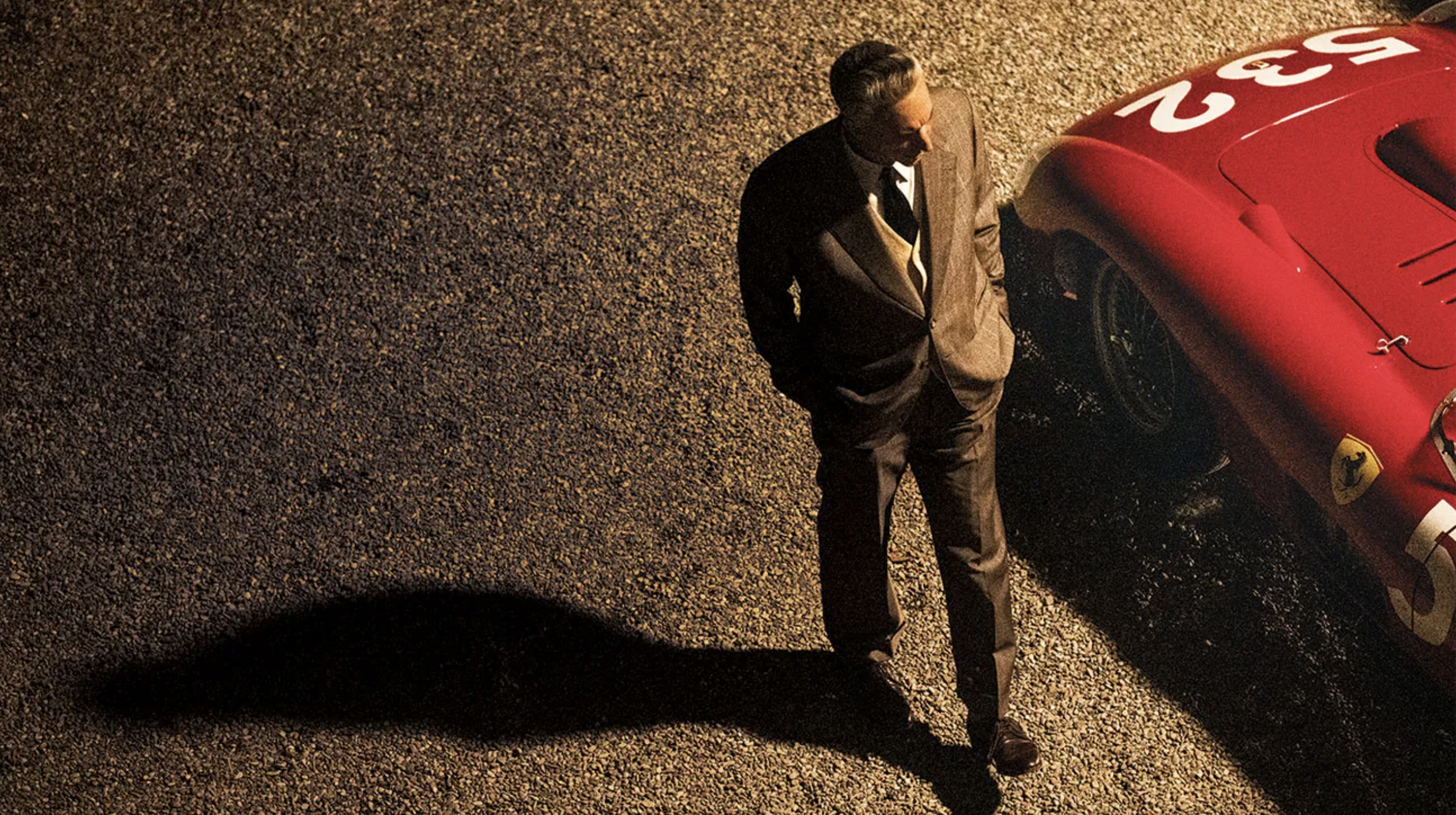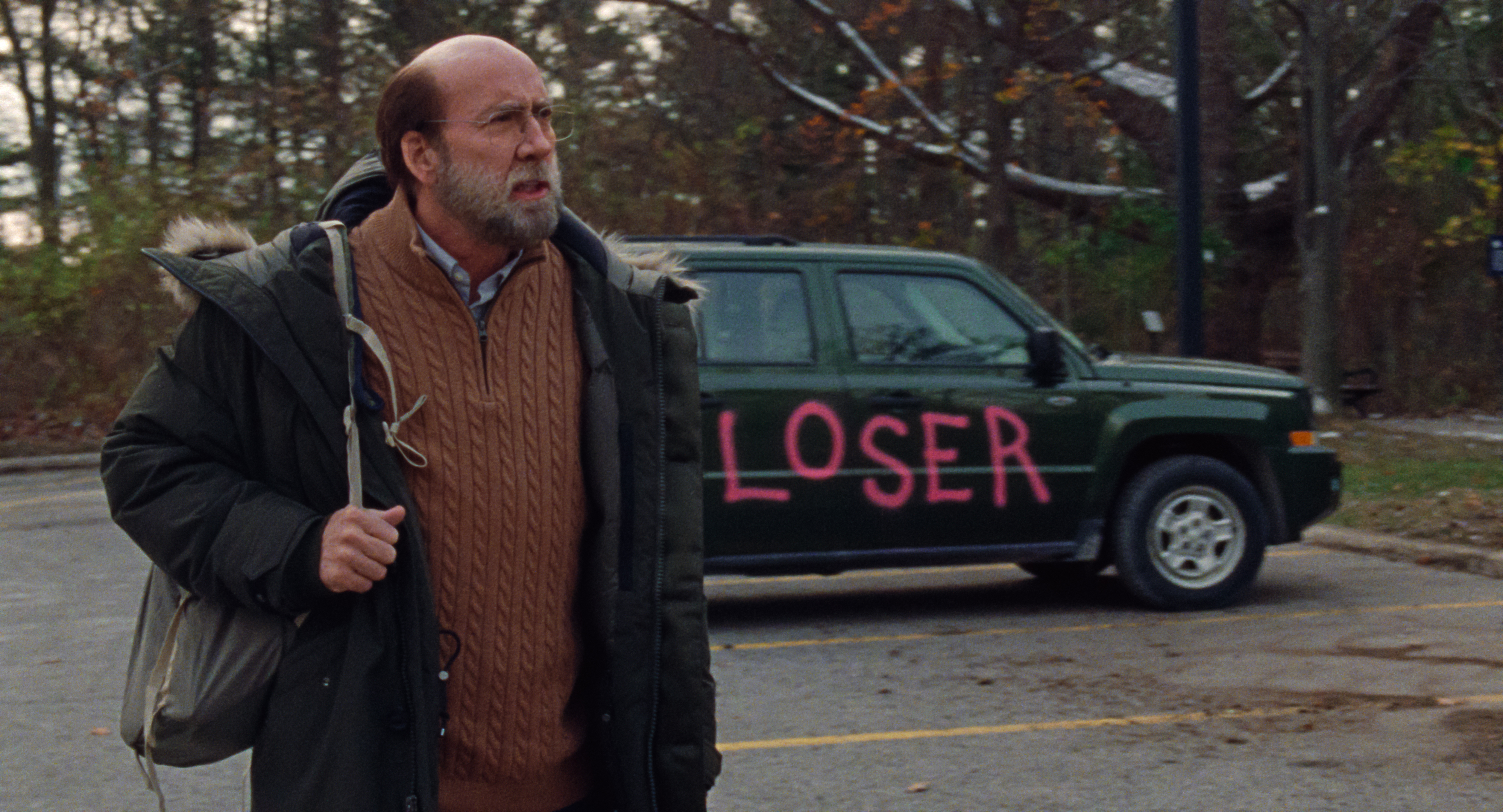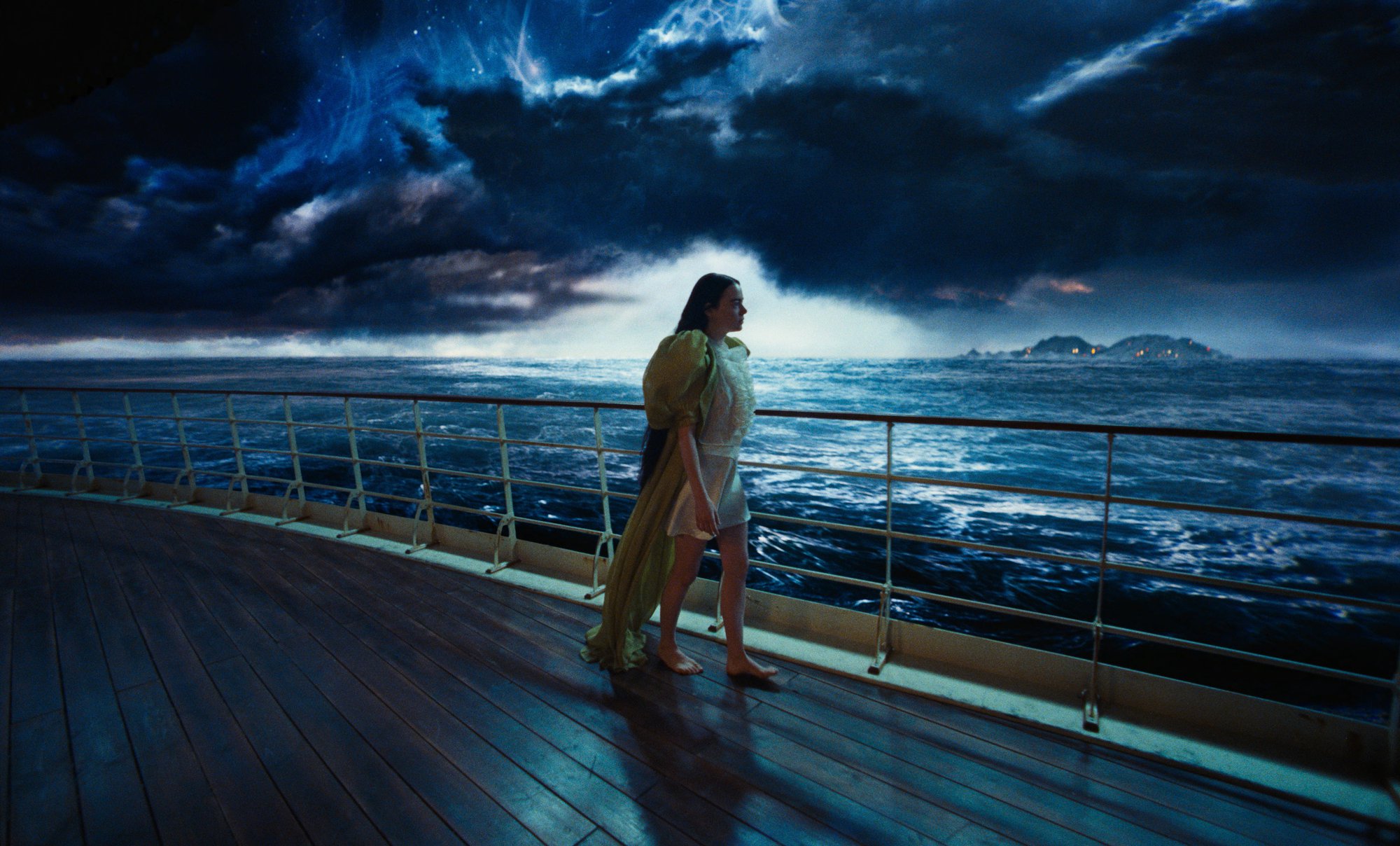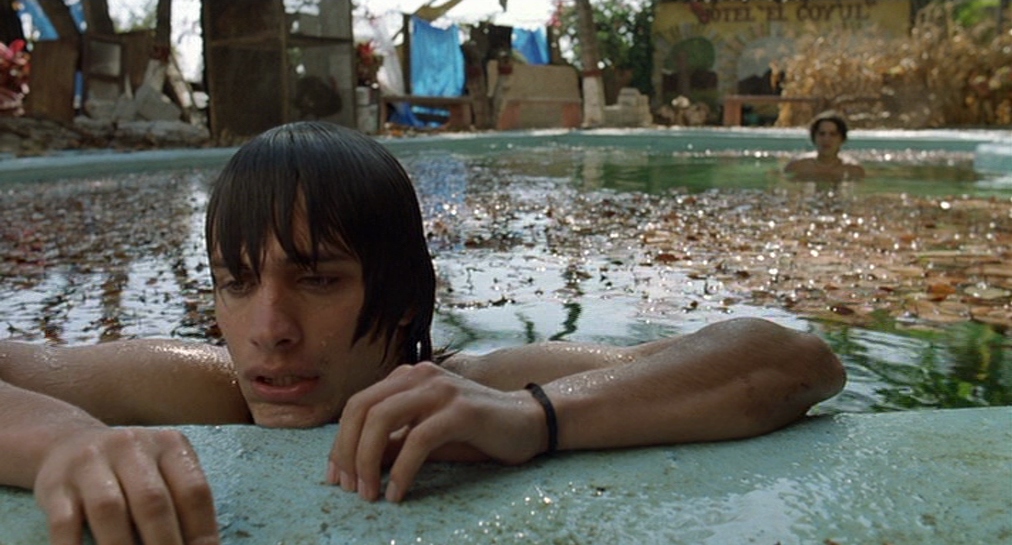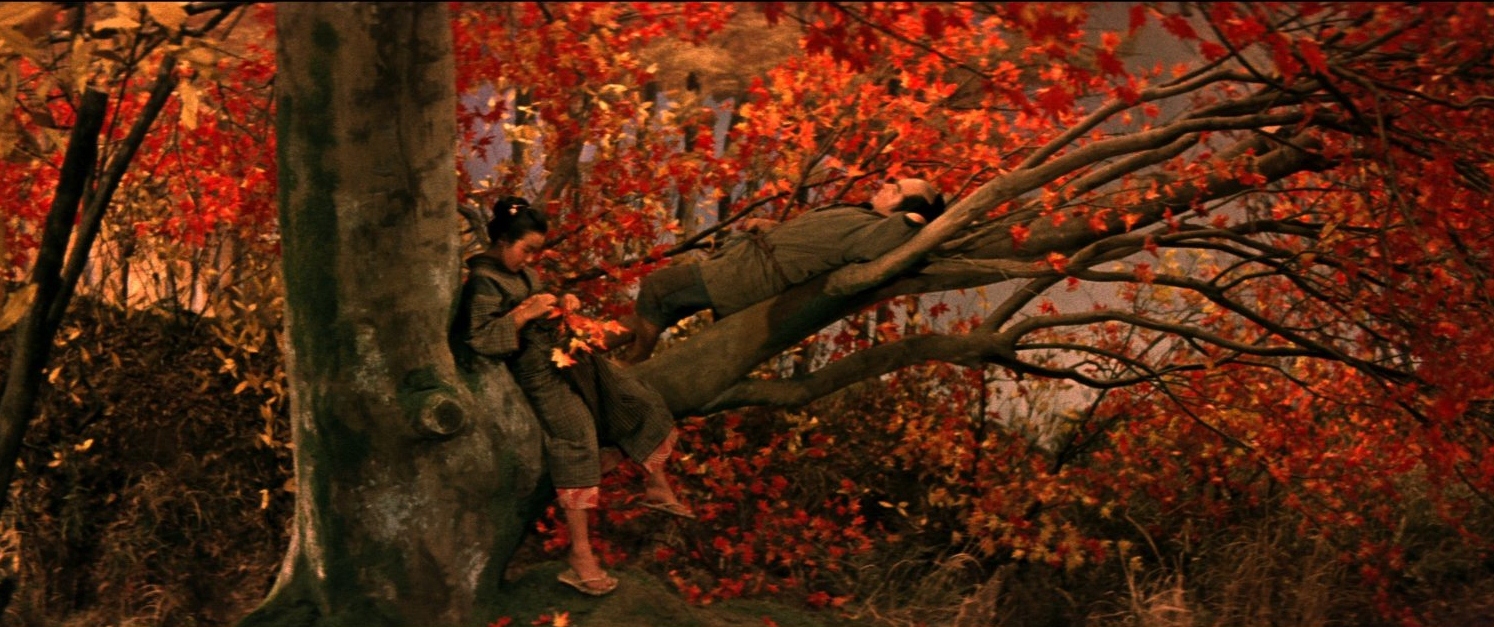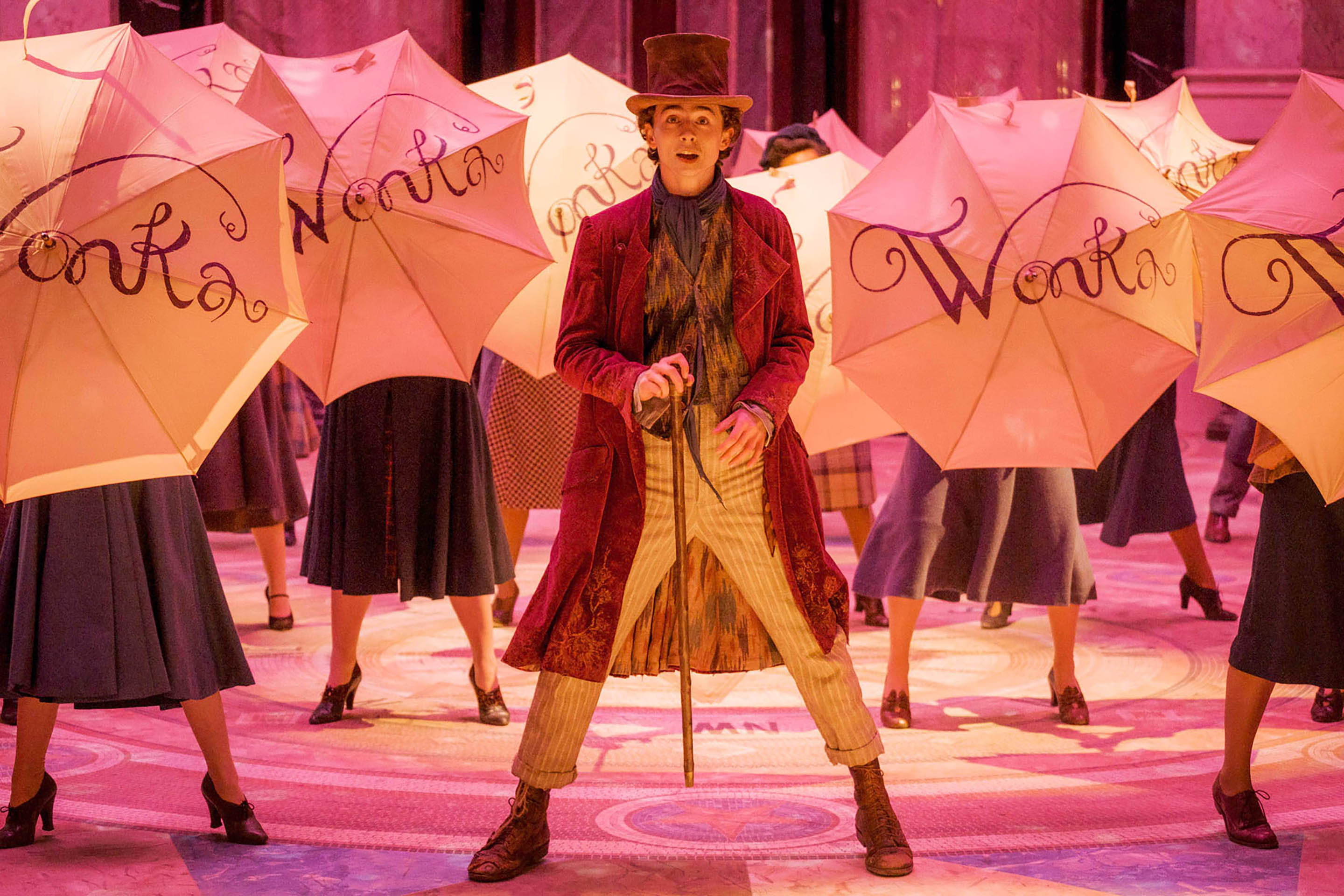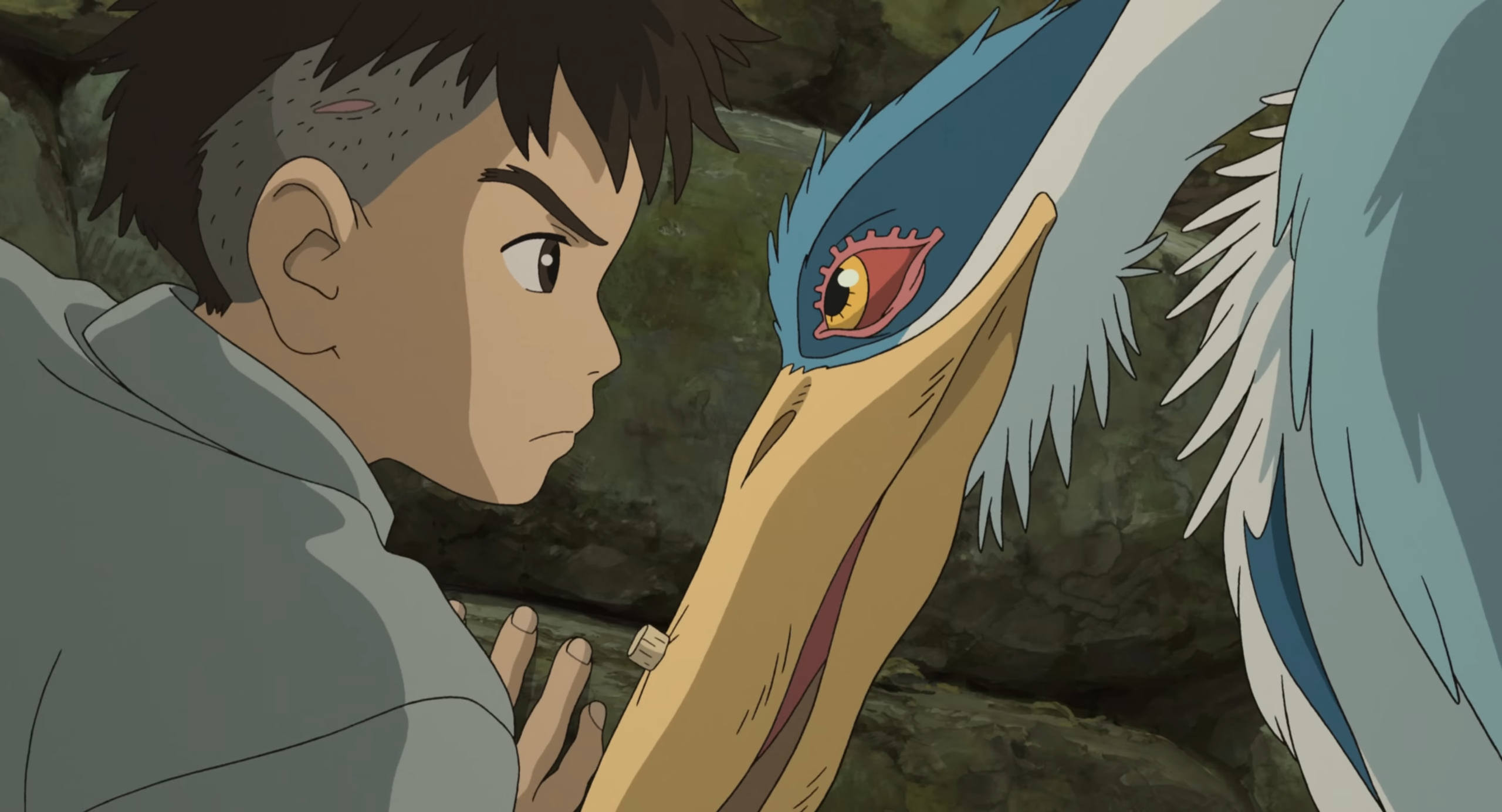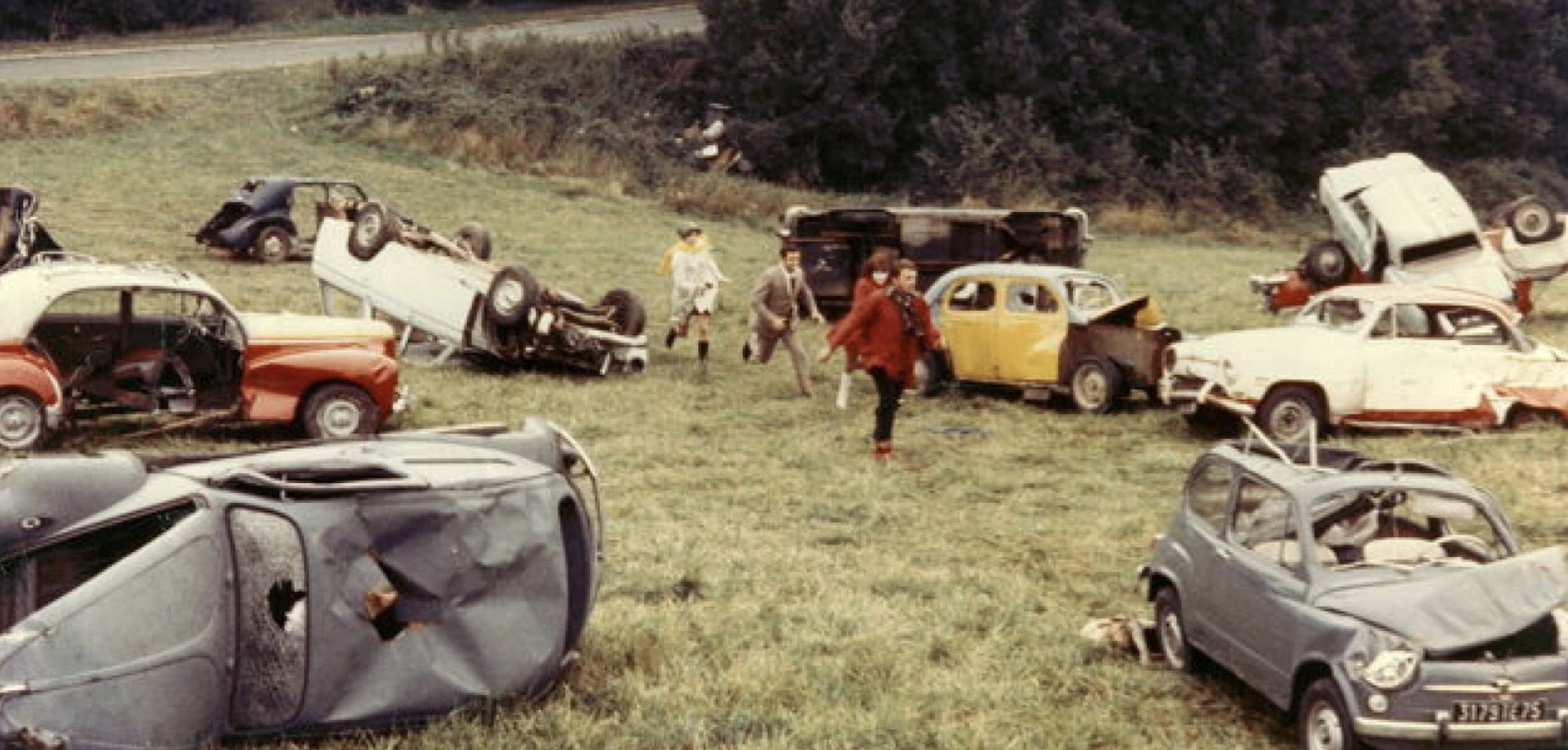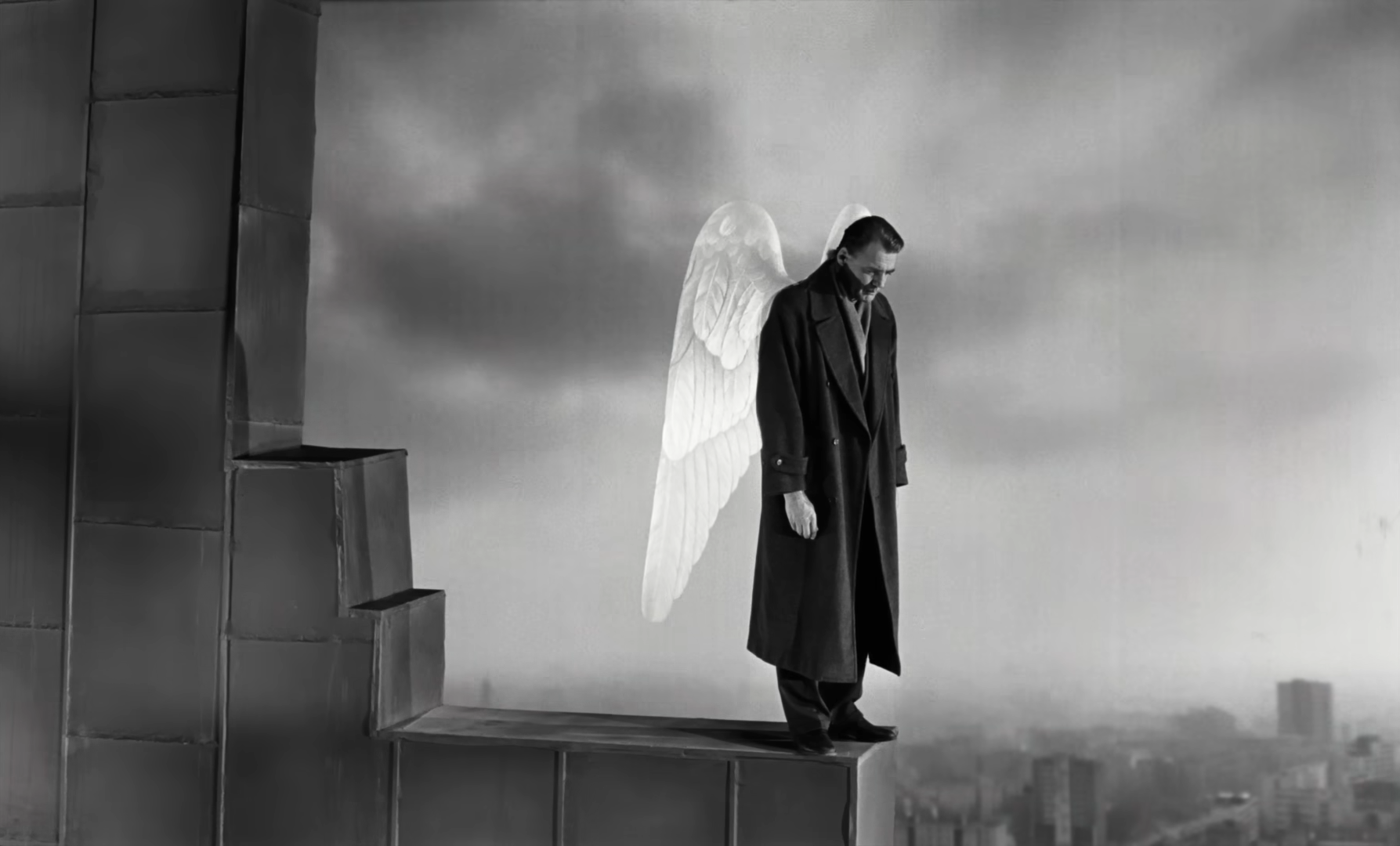Rumble Fish (1983)
Whatever optical restrictions are imposed by the legendary Motorcycle Boy’s colour blindness In Rumble Fish are drastically offset by the dreamy expressionism elongating every angle of Francis Ford Coppola’s visuals, offering a refreshingly eccentric perspective of 1960s gang warfare, urban Oklahoma, and its restless adolescents seeking to break free of their social confines.

